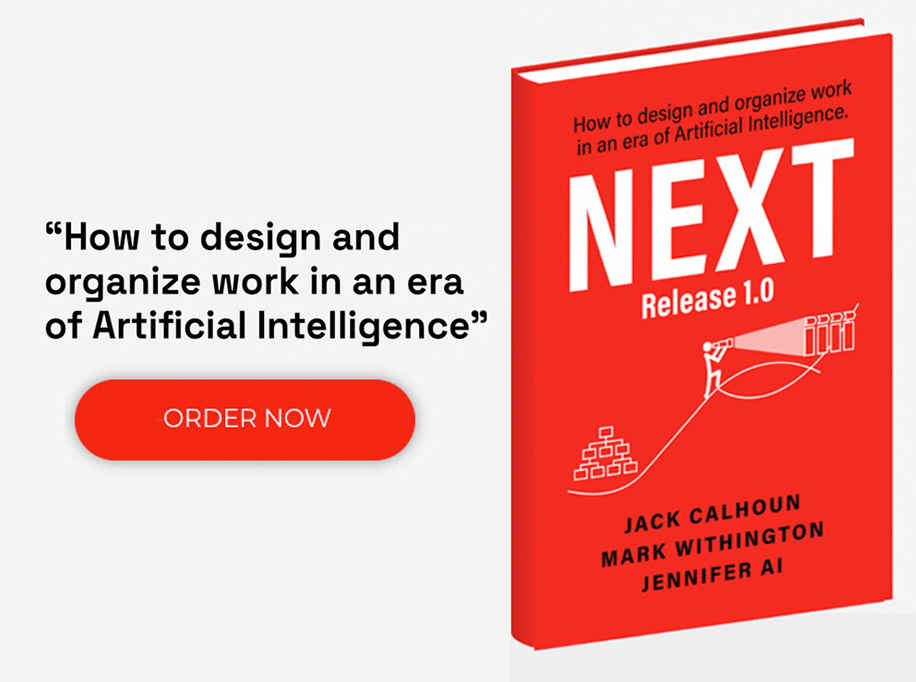An organization’s success is made or broken by its ability to execute its strategies successfully. Simply stated, strategy execution is the process of carrying out activities to complete objectives outlined by an organization over a distinct period. While generally apparent in its definition, many organizations struggle to achieve the objectives they set out to accomplish. Successful strategy execution includes three distinct phases, each one critical to achieving success.
1. Strategy formulation is the first step in the process. It is the planning period when organizations determine what they will accomplish and how they will measure results. Often organizations will use strategic planning workshops, like scenario planning and value mapping, to determine how they will compete and deliver value for their stakeholders. Strategy formulation generally results in a set of goals, objectives, and initiatives the organization plans to achieve during the strategy cycle. Key questions during this phase are:
- What are we aiming to accomplish?
- How do we define success?
2. Informed design is the second phase of the process and is critical to successfully executing strategy. Informed design means creating cross-functional (or cross-departmental) processes to deliver value to an end-user. Organizations that skip this part of the process are prone to executing in departmental siloes, focusing more on what the department needs to accomplish at the expense of the organization’s overall objectives. Since operating model design focuses on the end-to-end delivery of services, departmental siloes are much less likely to create obstacles to achieving results. Key questions during this phase are:
- What is our end-to-end process to deliver results?
- Who owns which parts of the process?
- What technologies enable us at different parts of the process?
- Where are there weaknesses in our operations?
3. Strategy implementation is the execution of the projects, initiatives, and day-to-day activities to deliver the desired results based on the outputs of strategy formulation. A critical part of this phase is ensuring the appropriate governance process is in place during the execution. Whether it’s projects falling behind schedule or strategic priorities changing based on outside factors, organizations need mechanisms to ensure the work being executed is the organization’s priority. A mix of structured agile and traditional PMO provides a cadence to completing the strategic transformation agenda. Key questions during this phase are:
- Do we have the people/process/technology to execute our strategy and deliver results?
- Are we on track to achieve desired outcomes? How do we stay on track?
What does a good strategy execution require?
1. Monitor and measure execution
Consistently assess your goals as they relate to your actual progress. This step is inextricably linked to the success measures outlined in step one. Use hard data and numbers to determine adherence to goals. This will give you solid evidence of how your organization is performing. If your results do not meet your goals, then it’s time to reassess and change course.
2. Empower your employees.
Clear communication with employees empowers them to execute the organization’s strategy successfully. Giving your employees all the necessary information will lead to better outcomes. When your employees understand not only your objectives but their role and have been given the tools required to do their job, they approach their work with more enthusiasm.
3. Hire consultants.
Taking advantage of outside experts can save time, energy, and money in the long run. Their experience and knowledge of the business systems you’re now working with can provide valuable insights and improve success rates.
4. Use innovation strategically.
Harness the power of innovation by having control measures in place. For example, have a clear process to examine challenges, obstacles, and opportunities. Who is in charge of making decisions? Perhaps this person has the opportunity to innovate, or they assign the task of creating an innovative solution to an employee or team. With these processes in place, your organization can move forward with a clear vision.
Accelare Strategy Execution Services
Here at Accelare, we know technology is a foundational driving force in effective business model design. Organizations need to not only adopt new technologies to remain relevant and competitive, but they have the opportunity to start implementing the new business models made possible by these technologies. We start at the root of your organization’s purpose, mission, values, and culture and tailor your distinct strategies based on your strengths, weaknesses, and objectives. Our methods are designed to incorporate you into this process—we don’t just preach; we teach and encourage native solutions to arise organically. Wherever your organization is on its strategy execution journey, we’re here to assist you. Contact us today to get started!











